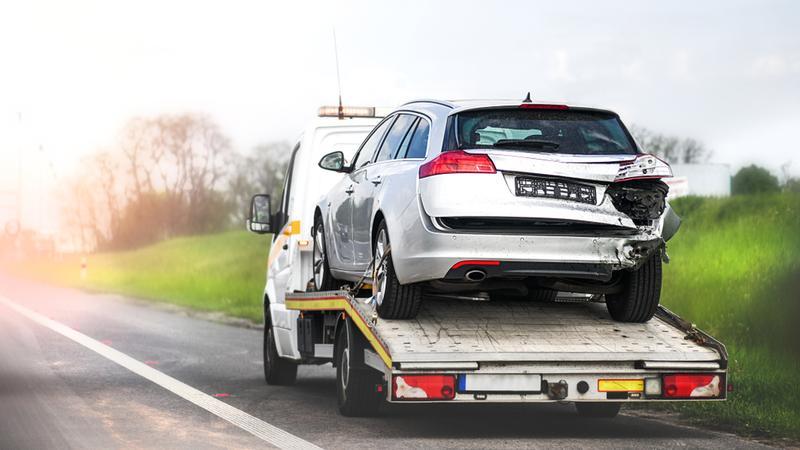If you own — and regularly drive — a car, chances are you’ve become accustomed to always having it at your disposal. Once it’s integrated into your daily routine, it can be difficult to live without. So much so, that if you were to one day find yourself without your main method of transportation, you’d probably wish you had a plan B. That’s where a Loss of Use endorsement comes in.
The endorsement temporarily covers an alternative method of travel if your vehicle were to experience insured, physical damage. But it’s important to understand how it works before you add it to your policy.
What are Loss of Use endorsements?
Loss of Use coverage is an insurance endorsement that can be added on to optional collision or comprehensive insurance. This type of endorsement has several names, depending on which province you’re in. In Ontario, the endorsement is known as Coverage for Transportation Replacement, while in Alberta, it’s simply the Loss of Use Endorsement. However, these endorsements in Ontario and Alberta both offer similar coverage.
If your vehicle is damaged by a covered loss, having additional Loss of Use coverage can provide you with a backup method of travel while your vehicle is being repaired. Depending on the details of your policy, your replacement transportation method can take the form of a rental vehicle, public transit, Ubers, or cab rides.
Do I qualify for the Loss of Use endorsement?
Before you add Loss of Use to your policy, you need to already have one of the following physical damage coverages in place:
- Collision coverage: covers at-fault collisions with other vehicles or objects on the ground.
- Comprehensive coverage: covers damage caused by falling objects, vandalism, and some extreme weather.
- Specified perils coverage: covers losses outlined in your policy, which can include theft, fire, and earthquakes.
- All perils coverage: covers perils listed in collision and comprehensive coverage, with added damage protection caused by theft.
Loss of Use coverage guidelines
There are a few coverage limitations to keep in mind when it comes to how long the endorsement is valid for and whether you can rent a car.
First off, you’re covered until your vehicle has been repaired, declared a total loss (with settlement), or you’ve maxed out your coverage limit. You can talk to your insurance provider to see what an appropriate coverage limit would be, keeping in mind current wait times for car repairs.
Related: To Repair or Not to Repair: Who Decides?
The rental vehicle must also be a similar make and model to the vehicle that’s being repaired, and you have to be at least 21 years old to rent it. So, if you can’t meet that requirement, you can explore other transportation options. And remember, the gas used to fuel the rental car isn’t typically part of the deal — so that will come out of pocket.
How much do OPCF 20 and SEF 20 cost?
As a general guideline, adding the endorsement to your policy can increase your annual premium by approximately $60 to $80. But this cost can vary depending on fluctuations in your insurance provider’s price points. If your premium has increased purely based on operating costs, the endorsement cost could too.
Ultimately, comparing car insurance rates can find you the most affordable premium for you and connect you with an insurance broker who can carry out your coverage preferences.

